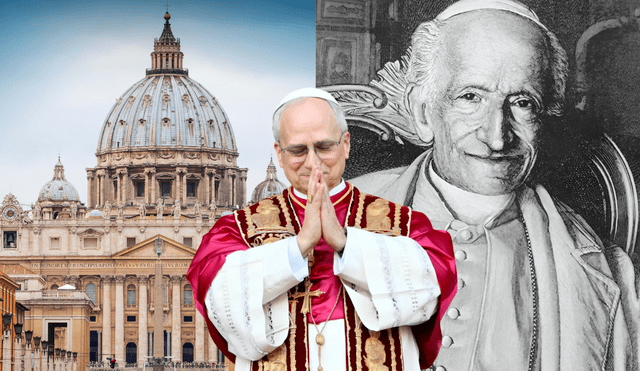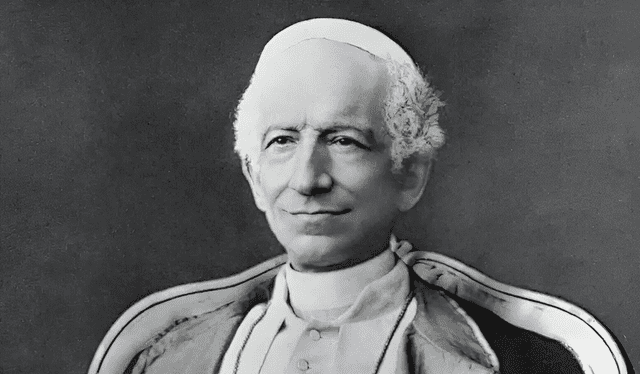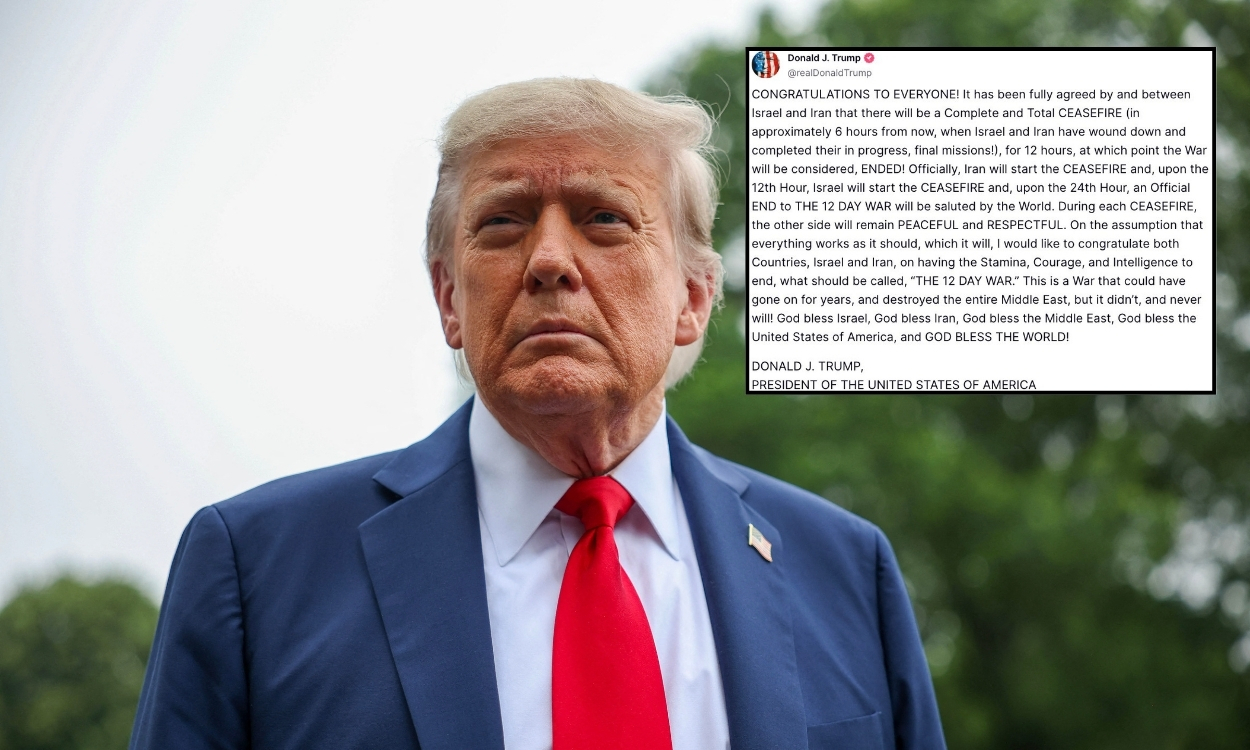Why did Pope Leo XIV choose that name? The meaning behind Robert Francis Prevost’s papal title
Pope Leo XIV, born Robert Francis Prevost, selected a name linked to social justice and historical continuity with Pope Leo XIII, offering clues about the direction of his papacy.

Upon his election as pope, Robert Francis Prevost chose the name Leo XIV, a title that echoes the legacy of a former pontiff known for championing social issues and workers’ rights. The selection of a papal name is often seen as symbolic, revealing the values and priorities the new pope may embrace during his tenure.
By choosing the name Leo, Prevost aligns himself with the ideals of pope Leo XIII, a 19th-century figure revered for his commitment to addressing inequality and promoting the dignity of labor. The decision suggests a continuation of the socially engaged papal model emphasized by his predecessor, pope Francis.
The legacy of Leo XIII
Pope Leo XIII, born Vincenzo Gioacchino Pecci in 1810 in Carpineto, Italy, served under pope Gregory XVI in various diplomatic roles before becoming pope in 1878. He was the first pontiff elected after the fall of the Papal States, a period marked by dramatic political and social transformation in Europe.
Known as the “Pope of the Workers,” Leo XIII focused on addressing poverty and social injustice through the Church’s teachings. In his encyclical Rerum Novarum, he rejected class conflict as a solution to labor issues and advocated for the state to guarantee and fairly distribute social goods. His vision called for state-supported workers' associations free from political interference—an approach that redefined the Church’s role in social matters.

Gioacchino Pecci (Leo III) was an Italian born on March 2, 1810, in Carpineto, Rome. Almost from the beginning of his ecclesiastical activity, he served Pope Gregory XVI. Photo: Diario de León
Leo XIV and the path forward
Prevost’s decision to adopt the name Leo XIV may be viewed as an intentional gesture toward reviving and continuing the principles laid out by Leo XIII. His papal name signals an alignment with a legacy centered on compassion, equity, and support for the marginalized, themes that also characterized the papacy of Francis I.
Given Prevost’s background in Latin America and close connection to social and ecclesiastical reform in Peru, his choice of name may foreshadow a commitment to advancing these priorities on a global scale. While every papacy unfolds uniquely, the symbolic weight of “Leo” points to a papal vision shaped by history, continuity, and social responsibility.













